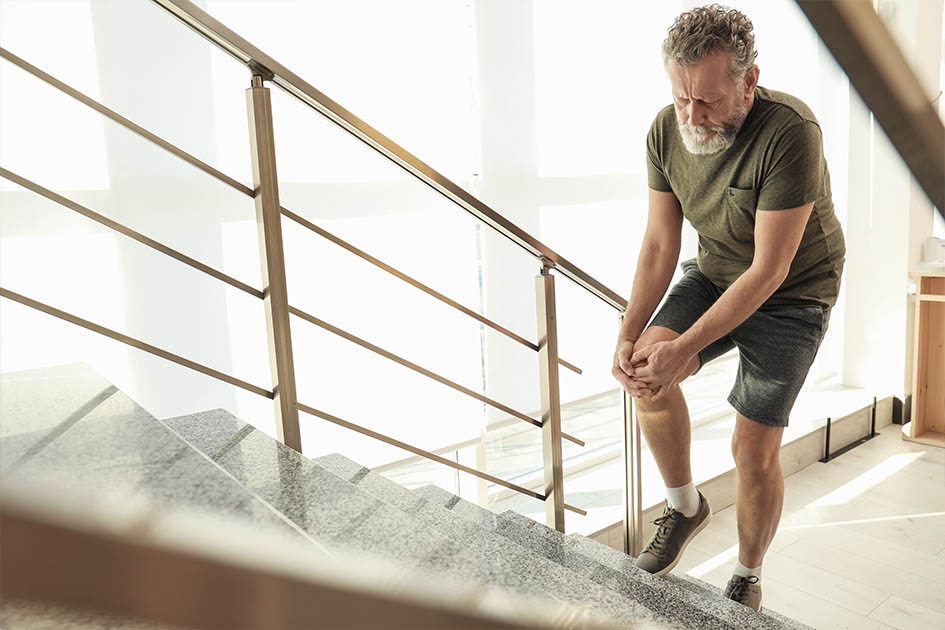Patellofemoral pain is one of the most common presentations of knee pain across all demographics. It is usually of insidious onset, although can also be a secondary problem following a direct impact, ligamentous injury or knee surgery.
As the knee flexes, the quadriceps should control the movement of the patella medially and then laterally. Imbalance between the forces of the Vastis Medialis Oblique (VMO) and Vastis Lateralis (VL) causes this movement to be disrupted and results in a peripatellar synovitis.
Causes
Multiple extrinsic and intrinsic factors can cause imbalance between the VMO and VL.
Extrinsic factors include increased training volume, footwear, running speed and hill/stair running.
Intrinsic factors include femoral internal rotation, knee valgus, tibial rotation, subtalar pronation, reduced muscle flexibility and reduced strength/control of the vasti muscles.
A comprehensive biomechanical assessment will identify which factors are contributing to the patient’s symptoms.
Signs and Symptoms
- Diffuse ache of the anterior knee
- Aggravating activities usually include stairs/steps, running and sometimes prolonged sitting
- Recurrent crepitus or intermittent clicking of the patella
- The possibility of a small effusion
- Tenderness on palpation of the patella borders
- Normal range-of-motion
- Intermittent restriction on medial patella gliding
Treatment
Treatment should be multimodal and individualised to treat the specific extrinsic and intrinsic factors for each patient.
Treatment should focus first on reducing pain and inflammation through ice, electrotherapeutic modalities, NSAIDs, mobilisation and taping. Activity modification should be advised to address extrinsic factors.
Strengthening of the quadriceps with VMO retraining should be commenced as well as soft tissue techniques to reduce muscle tightness of the hamstrings, gastrocnemius, ITB and quadriceps.
Biomechanical insufficiencies identified during examination should also be addressed and may include hip strengthening and orthosis fitting.

